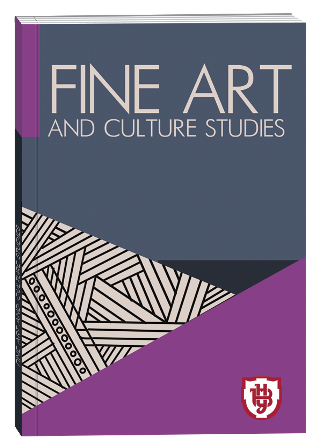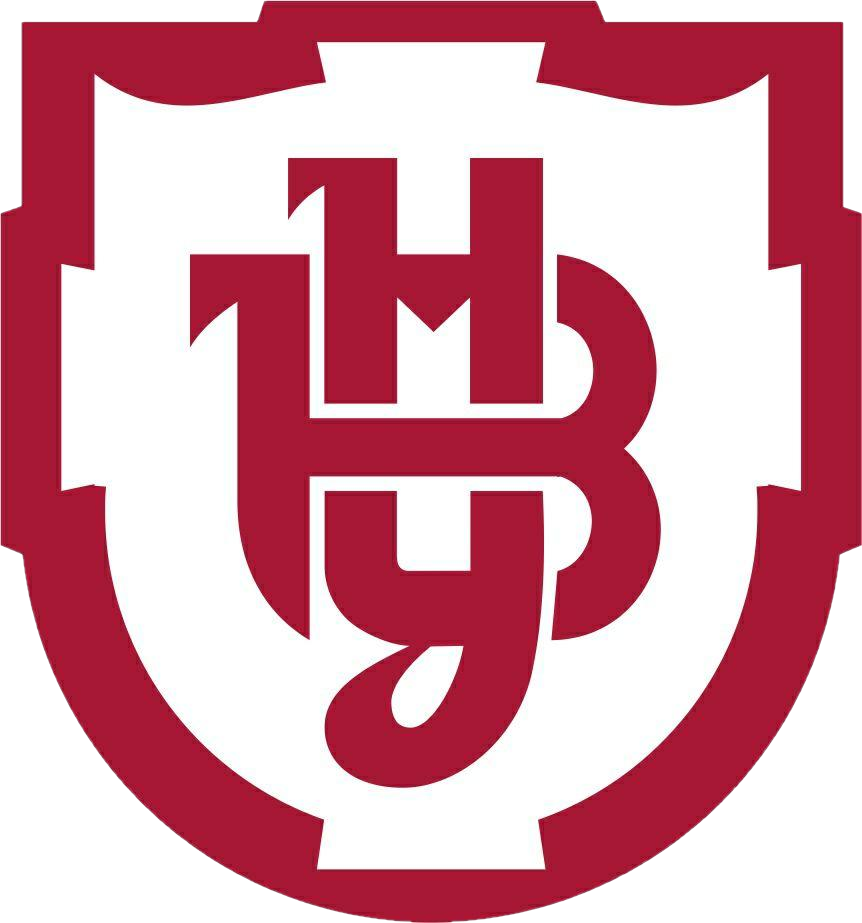ТИПИ КУРАТОРСЬКИХ СТРАТЕГІЙ У СУЧАСНОМУ ЗАХІДНОМУ МИСТЕЦТВІ: АВТОНОМНІСТЬ, ПОСЕРЕДНИЦТВО, СПІВАВТОРСТВО
DOI:
https://doi.org/10.32782/facs-2025-1-40Ключові слова:
куратор, сучасне мистецтво, образотворче мистецтво, кураторські стратегії, Венеційська бієнале, ДокументаАнотація
Метою статті є дослідження типології кураторських стратегій у сучасному західному мистецтві з точки зору ключових рольових орієнтацій автономності, посередництва та співавторства. Методологія дослідження включає метод компаративного аналізу, який застосовувався для порівняння ключових явищ у становленні і розвитку кураторських стратегій. Важливого значення набув метод типологізації та історико-хронологічного аналізу. Наукова новизна. У дослідженні визначено та обґрунтовано типологію кураторських практик; виокремлено три основні напрямки, в яких упродовж другої половини ХХ – початку ХХІ ст. розвивались функції, ролі та властивості кураторства. Висновки. Кураторська стратегія автономності характеризується виконанням самостійної художньої ролі та є віддзеркаленням властивої кураторам функції авторської індивідуалізації. В західноєвропейському та американському мистецтві, автономний статус куратора є інструментом поєднання художніх творів та аудиторій глядачів у спільну парадигму експозиції, проекту або події. Кураторська стратегія посередництва є найбільш звичною у практиках першої половини ХХ ст., особливо у сфері музейного кураторства. Упродовж другої половини ХХ – початку ХХІ ст. управлінські функції арт-посередника здобули більш виразну змістовну складову, спрямовану на залучення нових аудиторій, формування нових просторів зустрічі твору та глядача, а також важливу функцію встановлення художньої ієрархії. Кураторська стратегія співавторства виникає на хвилі т.зв. кураторського повороту 1960-х рр. Можливість виступити від імені художника формує нове амплуа митця-куратора, який відтепер володіє персональною територією художнього виробництва.
Посилання
Acord, S. Art installation as knowledge assembly: Curating contemporary art. In Artistic Practices. Routledge, 2014. Р. 151–165.
Bawin, J. The artist-curator or the philosophy of ‘do it yourself.’. Curating live arts: Critical perspectives, essays, and conversations on theory and practice, 2019. Р. 141–147.
Bedford, E. Fresh from South Africa: supporting young artists. DAKAR – ART, MINORITIES, MAJORITIES. JULY 2003. Р. 1–10.
Behnke, C. The Curator as Arts Administrator? Comments on Harald Szeemann and the Exhibition “When Attitudes Become Form”. The Journal of Arts Management, Law, and Society, 2010, 40(1). Р. 27–42.
Birnbaum, D. (2005). When Attitudes Become Form: Works, Concepts, Processes, Situations, Information. Artforum Summer, 2005.
Buchloh, B. A Note on Gerhard Richter’s «October 18, 1977». October, 1989. Р. 89–109.
Buurman, N. Angels in the White Cube? Rhetorics of Curatorial Innocence at dOCUMENTA (13). Curating in Feminist Thought, 2016. 146 р.
Gawronski, A. Curated from Within: The Artist as Curator. A Companion to Curation, 2019. Р. 232–261.
Grammel, S. Harald Szeemann–and the (self-) construction of an authorial position in the field of curatorial practice. The Exhibition as Artistic Medium, 2010. Р. 1-16.
Hansson, J. The curator as a conceptual artist / Master of Culture and Arts, Entrepeneurship in the arts, 2016, 48 р.
Levine, B. Curatorial Intervention: History and Current Practices. Rowman & Littlefield, 2021, 152 р.
McKeon, E. Coming to our senses: From the birth of the curator function to curating live arts. Turba, 1(1), 2022. Р. 28–43.
O’Neill, P. The curatorial turn: from practice to discourse. Issues in curating contemporary art and performance, 2007. № 25. Р. 13–28.
Obrist, H. U., Bovier, L., & Theiler, B. A brief history of curating. Zurich: JRP/Ringier, 2008.
Pavlovaitė, U., & Jurėnienė, V. (2024). Art curatorship strategy models: from tradition to contemporaneity. Museum Management and Curatorship, 2024. Р. 1–18.
Restauri, J. “Not only creators, but also interpreters”: Artist/Curators in Contemporary Practice. Baylor University, 2012. 136 p.
Richard, C. How Latitudes Become Forms: Art in a Global Age. Parachute: Contemporary Art Magazine, 2004, № 113. Р. 141–143.
Rоssaak, E. The Emergence of the Curator in Norway: Discourse, Techniques and the Contemporary. Contested qualities: Negotiating value in arts and culture, 2018. Р. 127–164.
Schade, S. The Biographical Exhibition as a Problem of Feminist Critique and the Case of the Exhibition Marlene Dumas–Female, 20051. Curating in Feminist Thought, 2016. Р. 54-63.
Schuppert, M. Learning to Say No, the Ethics of Artist-Curator Relationships. Philosophies, 2021, № 6(1). V. 16. Р. 1–13.
Tinius, J., & Macdonald, S. The recursivity of the curatorial. The anthropologist as curator, 2020. Р. 35–58.
Vergne, P. Globalization from the rear: “Would you care to dance, Mr. Malevich?”. How Latitudes Become Forms: Art in Global Age, Exhibition Catalogue, Minneapolis: Walker Art Center, 2003. Р. 18–27.
Vitkauskaitė, I. The Role of the Freelance Curator in an Art Exhibition. European Journal of Interdisciplinary Studies, 2015 , №7(2).
Wai, W. Curator as Collaborator: A Study of Collective Curatorial Practices in Contemporary Art. Journal of Urban Culture Research, 2019, № 18(1). Р. 88–102.
Whitehead C. Interpreting Art in Museums and Galleries. London, New York: Routledge, 2012, 196 р.
Zhou, Z. On the relationship between art curator and audience. In International Conference on Arts, Humanity and Economics, Management (ICAHEM 2019) Atlantis Press, 2020. Р. 119–123.







